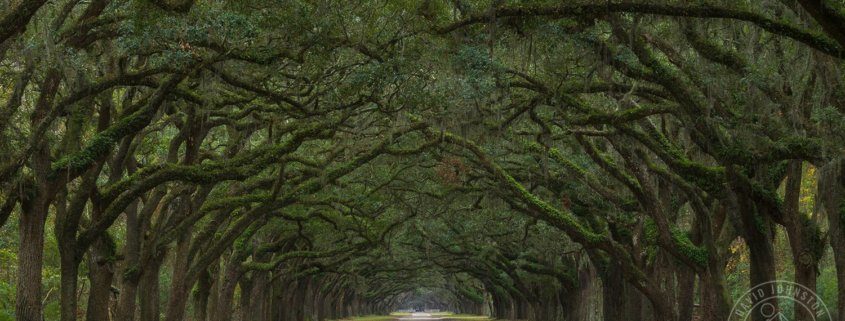3 Panoramic Landscape Photography Composition To Shoot
There are times when I get bored with the repetition of nature photography. After a while, I get tired of getting to a location, setting up my camera, taking a photo, and then packing up my bag. Obviously, that process isn’t always the case, but when my in-field workflow does become mundane, I like to switch up my process. I enjoy panoramic photography composition especially in places that I’ve visited several times before.
Capturing panoramic landscape is a slightly more complicated process of shooting a wide scene. You merge together several images in post-processing to create a single photo. When you decide to photograph a panoramic landscape, there are a few things to remember so you can achieve a successful image.
- Select a scene that is going to be wide enough to be used in your panorama, but also one that has enough subject matter from side to side to fill the entire panorama frame.
- Be sure that your tripod and ball head are level. When you start to rotate your camera to photograph each section of your panorama, be sure that the horizon line of the scene is even and level from left to right. It’s always a good idea to rotate your ball head a few times to be sure everything is level.
- When you start to take the individual photos in the panorama sequence, be sure that you don’t leave any gaps in between the frames. To be sure that you don’t do this, it’s a good practice to pick something within the first frame that is on the right side of the photo and then move that object to the left side of the next frame. If you do this with each frame of the panorama sequence, you won’t leave any gaps in between your photos.
You can also photograph panoramas with any type of lens. I enjoy using panoramas to spark my creativity as well as looking for different compositions than I typically would seek in nature. In this post, I share three panoramic landscape compositions that always look phenomenal.
Leading Lines Using Paths
Leading lines are a very popular way to use compositional features to your advantage. Finding foreground elements that lead your viewer’s eye into the photo can take a photography composition to another level. Pairing this technique with a panorama photograph works very well when done correctly. It easily drives your viewer’s eye into a wider field of view and doesn’t allow them to get lost in your composition.
To photograph leading lines in panoramas best, look for narrow paths that lead to a very specific subject. When arranging the photography composition, place your path in the very center of your panorama sequence. Because there is significant negative spacing on either side, this allows your viewer to easily find the pathway. Since the path stands out, the viewer quickly finds their eye running down the path directly towards your subject. Try this composition whenever you find yourself standing on a pathway in a majestic location.
Stacked Subjects with a Telephoto Lens
Telephoto lenses have a different effect on an outdoor scene, especially those scenes that are similar and disappear into the distance. When you use a telephoto lens, the lens makes your subjects look stacked closer together. This allows you to create patterns and shapes within your composition. This effect does the opposite of wide-angle lenses which elongate distances between your subjects.
When you’re photographing a panorama with a telephoto lens, widening the stacking with a large view tremendously enhances the effect. This works very well with mountain ridges. Not only do the ridges stack nicely into the distance, but when you photograph them at sunrise or sunset, you are able to get different color tones that pop out against the mountains the further they go into the distance.
Detail Repetition Panoramic Landscape
Detail photographs are some of the most interesting because they are smaller scenes in nature that most people pass by. You could be shooting in Yosemite National Park and find a patch of leaves on the ground that are perfectly aligned. No one would know that the patch of leaves is from Yosemite, but their arrangement might be a better composition than anything else you shoot. The small detail scenes can be some of the most intriguing and thought-provoking that exist in nature.
You can also achieve a great photography composition with detail repetition in your panoramas. Simply look for repeating shapes or lines in nature and ask yourself, “Can this view be widened?” If that repetition stretches beyond the frame of your camera, odds are it will make a great panorama photograph. One good trick to see this is to look through your camera’s viewfinder at the scene that caught your eye and rotate your head and camera left and right. Doing this allows you to visualize what the final panorama merge might look like.
Panorama photography may be an afterthought to your nature photography in-field workflow, however, I would encourage you to give it a try. Panoramas not only create wider, more compelling compositions, but they can also give a location you’ve photographed a million times new life. One of the skills of a nature photographer is to constantly see nature in a new way. Panoramas definitely help you develop that eye.













